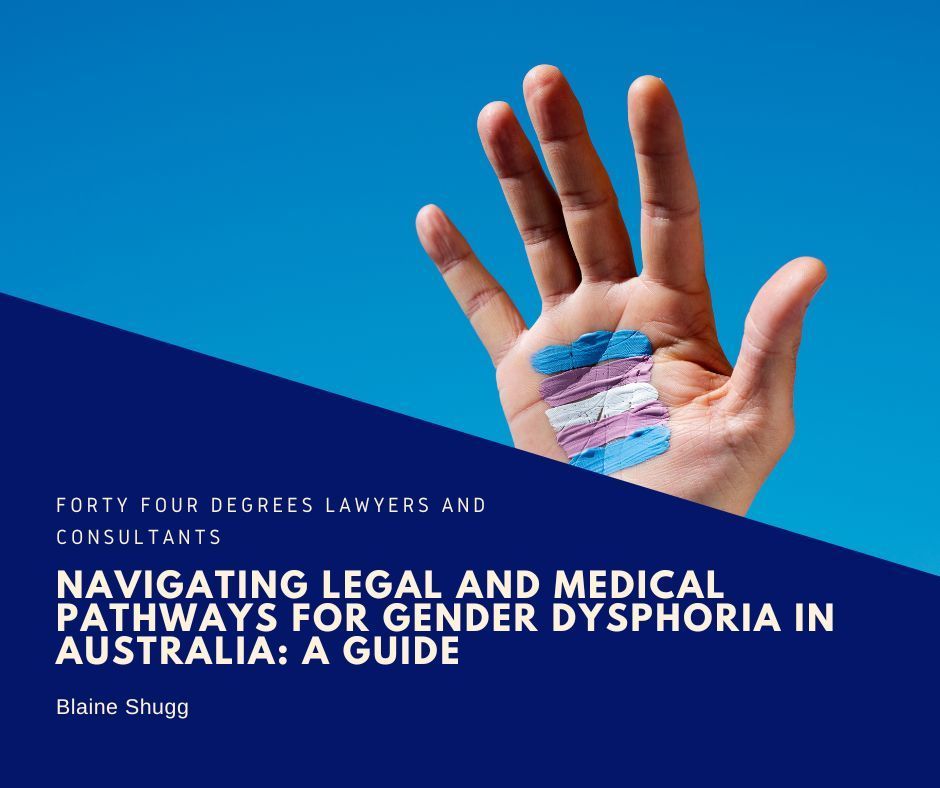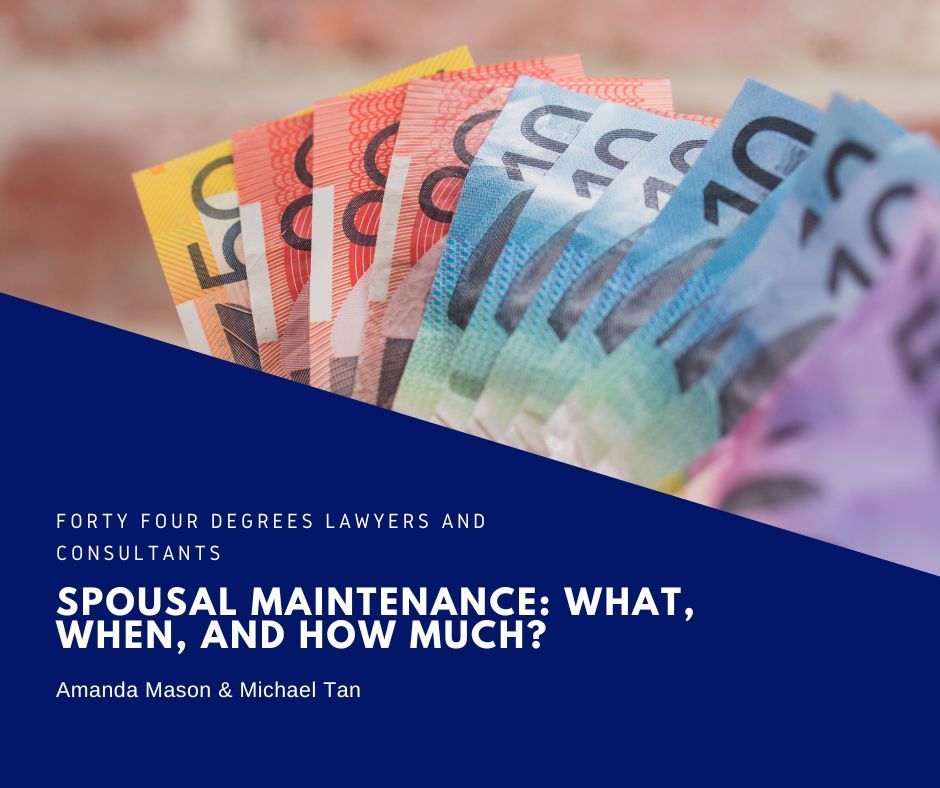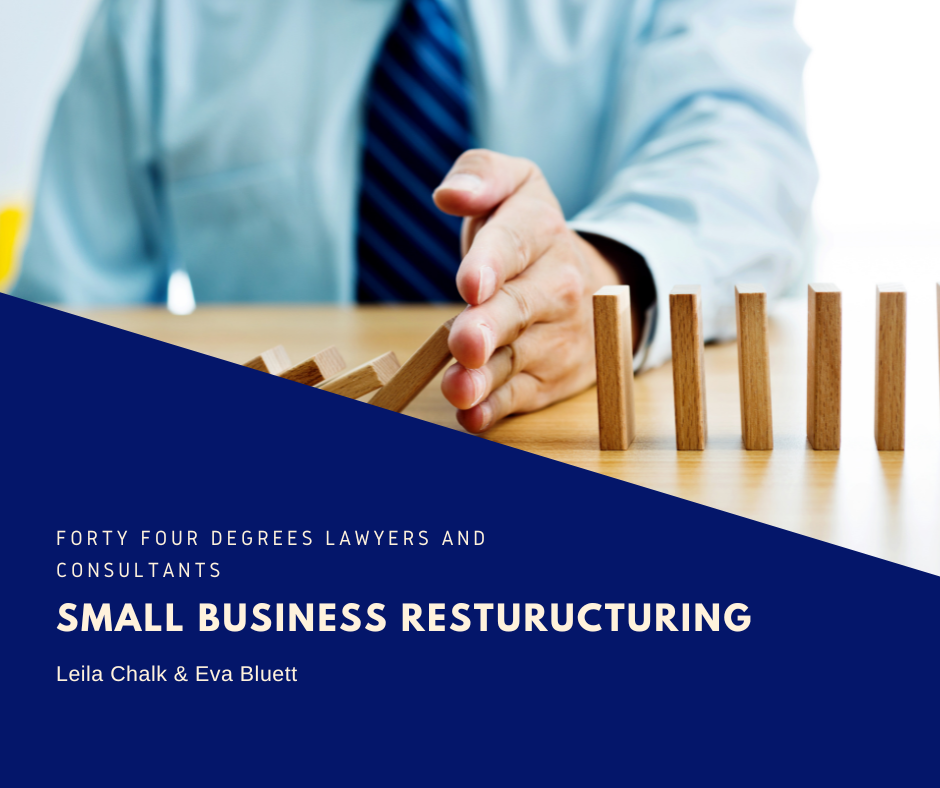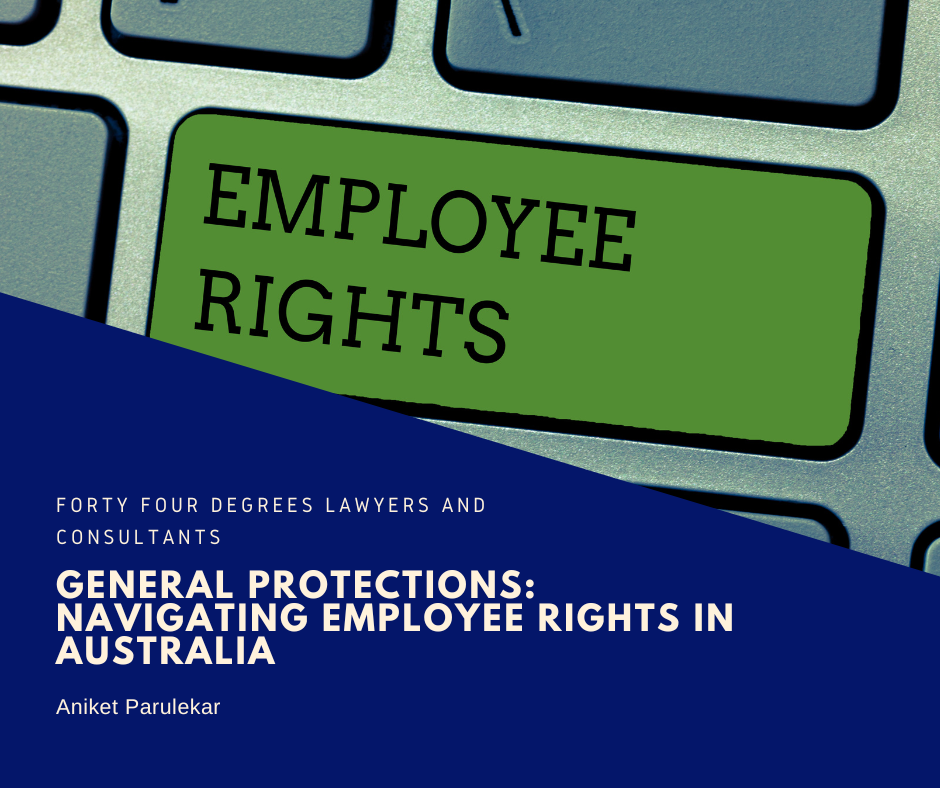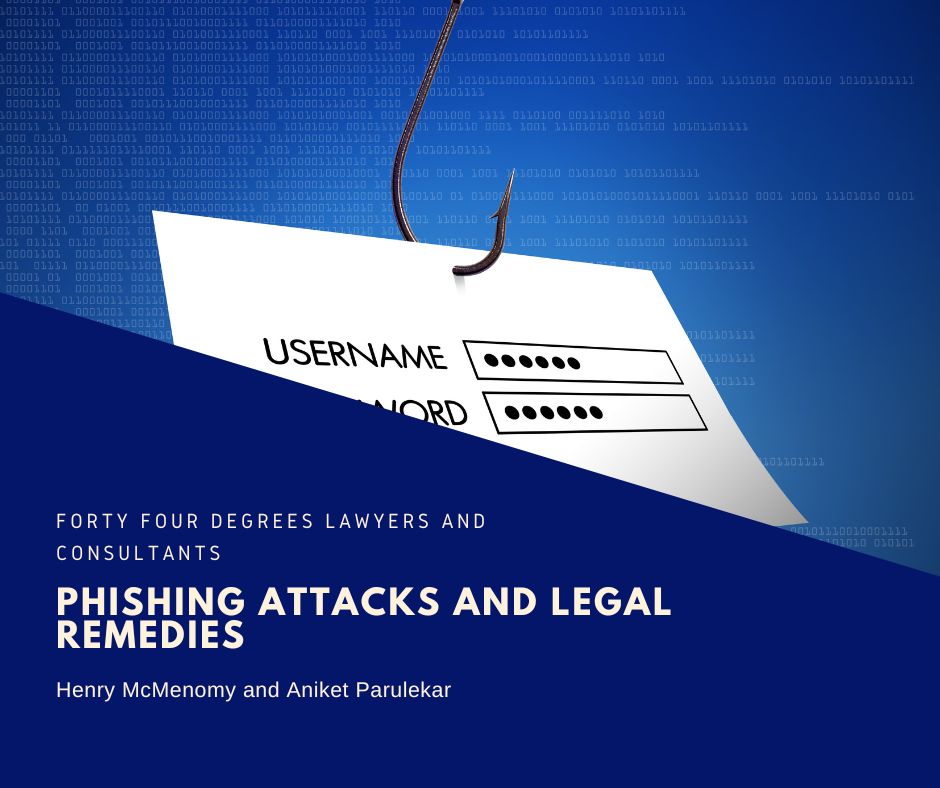Safe Harbour Protection and How Companies and Directors Can Use It
Safe Harbour Protection is the exception that allows a company to continue trading when insolvent, but only if certain actions are likely to result in a better outcome for the company than immediate liquidation.

What is a company?
A company is essentially set up as an artificial person, to separate an entity from the individuals who own, manage, run and support the day-to-day operations of it. It’s a legal fiction, you can’t pick it up or feel it. It only exists on paper as a result of law.
Essentially, a company is setup to be a ‘person’, like any person, being capable of conducting its own operations, meaning it can sue and be sued. What’s the difference between a company and a person then? A company has capital, resources invested into the business for its continued operations, and this is all it is responsible for.
How does a company director operate?
A company will assign individuals to be directors who will guide and lead the operations of the company. Any director must be able to guide and monitor the management and inner workings of a company.
As a director, you are responsible for all the acts of the company and must adhere to the legal obligations as directed by the Corporations Act 2001. The director must be fully up to date with what the company is doing, whether that be with regards to finance or management, regularly consulting with managers and staff about the affairs of the business and take an active part in directors’ meetings.
As the director is responsible for business decisions, the director must ensure that:
- Decisions are made in good faith and with proper purpose.
- The director has no personal interest in any of the decisions that are made.
- Be well informed and up to date with the financials of the business/company.
- Receive trusted professional advice when needed to make an informed decision.
These are minimum requirements and are essential for any director to understand.
Assets, debts, and investments.
The company owns the assets, not the directors, and as such they cannot treat company assets, property, or funds as their own. However, they are responsible for the appropriate management of these assets.
There also exists members of a company, who are shareholders of the company and are entitled to take a portion of the dividend’s payment, but only after the company has paid any outstanding debts to any outstanding creditors, employees or statutory authorities.
What happens if the company cannot afford to pay their debts? The company can become insolvent, meaning they are unable to pay any outstanding debts. Key warning signs to avoid this are on-going losses, poor cashflow, the absence of a business plan, increasing debts and a variety of other signs. If any warning sings start to be triggered, a director should seek out professional and trusted advice.
Should the warning signs go unnoticed, the company will become insolvent, and as a result they will no longer be allowed to trade. Now, whilst the company was responsible for its debts prior to insolvency, any directors’ may become personally liable for the debts incurred, which generally occurs due to a breach of a director’s duty, like trading whilst insolvent.
Liquidation
When in liquidation, an independent registered liquidator will take control of the company to wrap up any outstanding affairs in an orderly and fair way that is most beneficial to the creditors. They might advise on simple and quick steps which might be a director-initiated meeting to vote on how the winding up of the company may proceed and to then appoint a liquidator.
The director may be personally liable for trading whilst insolvent, but section 558GA of the Corporations Act 2001 might provide an alternate avenue for directors and protect them from personal liability.
Safe Harbour Protection
Safe Harbour Protection was established under the Treasury Laws Amendment (2017 Enterprise Incentives No. 2) Act 2017 and can protect the directors of a company from being personally liable for insolvent trading if the company is undertaking a restructure, which is likely to result in an outcome that is more beneficial than liquidation.
There are minimum requirements that must be taken to be protected as a director from legal actions and claims being brought against you for insolvent trading.
As a minimum, to claim Safe Harbour a director should:
- Keep company books and records in order.
- Provide employee entitlements inclusive of superannuation.
- Keep tax records up to date.
- Seek advice from a qualified restructuring advisor.
- Devise and document a restructuring plan that would result in a better outcome than that of immediate liquidation.
- Comply with the plan.
It is important to note that you cannot claim safe harbour for any debts incurred prior to undertaking all these actions.
How to best ensure a desirable outcome
With any plan that is adopted, the best outcome would be achieving the end goal, and in safe harbour, that is climbing out of insolvency. Actions that are likely to help achieve this include:
- Obtaining professional advice.
- Developing and implementing a plan that is likely to improve the financial position of the company.
- Ensuring adequate financial records are kept for the type and size of the company.
- Being properly informed of the company’s financial position.
- Taking appropriate steps to prevent misconduct by employees, managers, and subordinates alike.
While consulting with a professional advisor might seem like an unnecessary cost, the value and input they provide is immeasurable in forming a solid plan that is likely to help achieve returning the company to its former financial position.
Ensuring success
Safe Harbour allows for directors to put plans in place and act on them, protecting them from personal liability.
Ensuring success starts with good governance and putting best financial practice plans in place, whilst acting swiftly to avoid liquidation. The sooner you act, the better your chance of success.
Most importantly, ensure the plan for success is solid and is not likely to fail, because if it does, safe harbour will be overshadowed by liquidation, resulting in personal liability for the directors.
If you are a company director concerned about your business or personal liability, please reach out to a member of our team on 1300 892 237 or by sending an email to [email protected]
Contact Us
We’re an Australian Law Firm promoting a nuanced, personal touch. We have the skills you need to resolve your case quickly and with a positive outcome. Our straight talking team stays close to simplify what is most often a complicated process. We help individuals and businesses with technology and startup law, property law including conveyancing and leasing, commercial law, civil litigation, wills, estates, bankruptcy, insolvency, criminal law, and professionals facing investigations and charges from their regulatory body.
We have a connected network of talented lawyers in Melbourne CBD, Dandenong, Ballarat, and Ivanhoe East.
Fill out the form or call us on 1300 892 237.
We will get back to you as soon as possible
Oops, there was an error sending your message.
Please try again later or call us on 1300 892 237.

